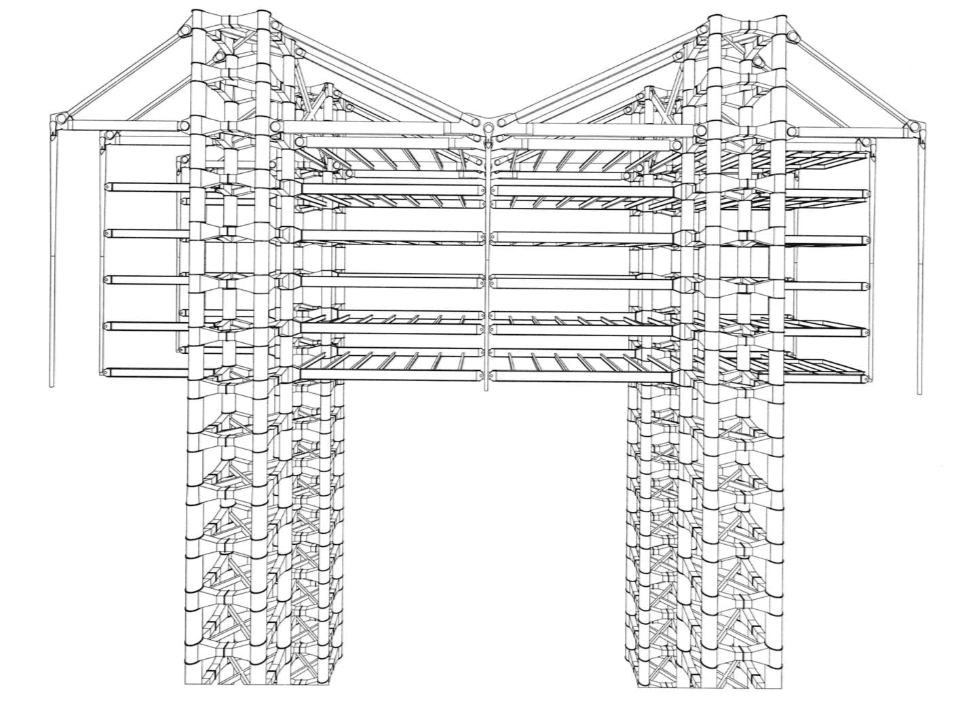And regulatory and contractual innovations can help catalyze productivity improvement. Offsite construction can help optimize design and reduce reliance on manual labor. New digital tools can uplift project performance across the asset life cycle. To begin, lean construction can effectively leverage productivity gains and mitigate viability through process optimization.
Surviving the productivity and inflation crisis will require proven change agents.
This means that the workforce needs to triple in size to meet demand by 2030, increasing from around 247,000 manual workers (as of March 2022) to 858,000 (approximately 160,000 more than the current hiring rate). Furthermore, a whopping 41 percent of the active workforce is expected to retire in the next ten years. Over the next ten years, productivity and cost trends are expected to worsen, with additional construction costs of approximately $14 billion to $22 billion due to inflation alone (Exhibit 2). And on the latter, global supply-chain disruption and resumption of economic activities have increased costs for key commodities. On the former point, the COVID-19 pandemic has led to unusual levels of supply-chain congestion and rising consumer demand and fuel costs. More recently, reasons for this include supply-chain and freight disruptions and bulk-material price volatility. Since 2012, Hong Kong’s wage level has inflated twice as much as the Consumer Price Index (CPI), with material costs not far behind.





